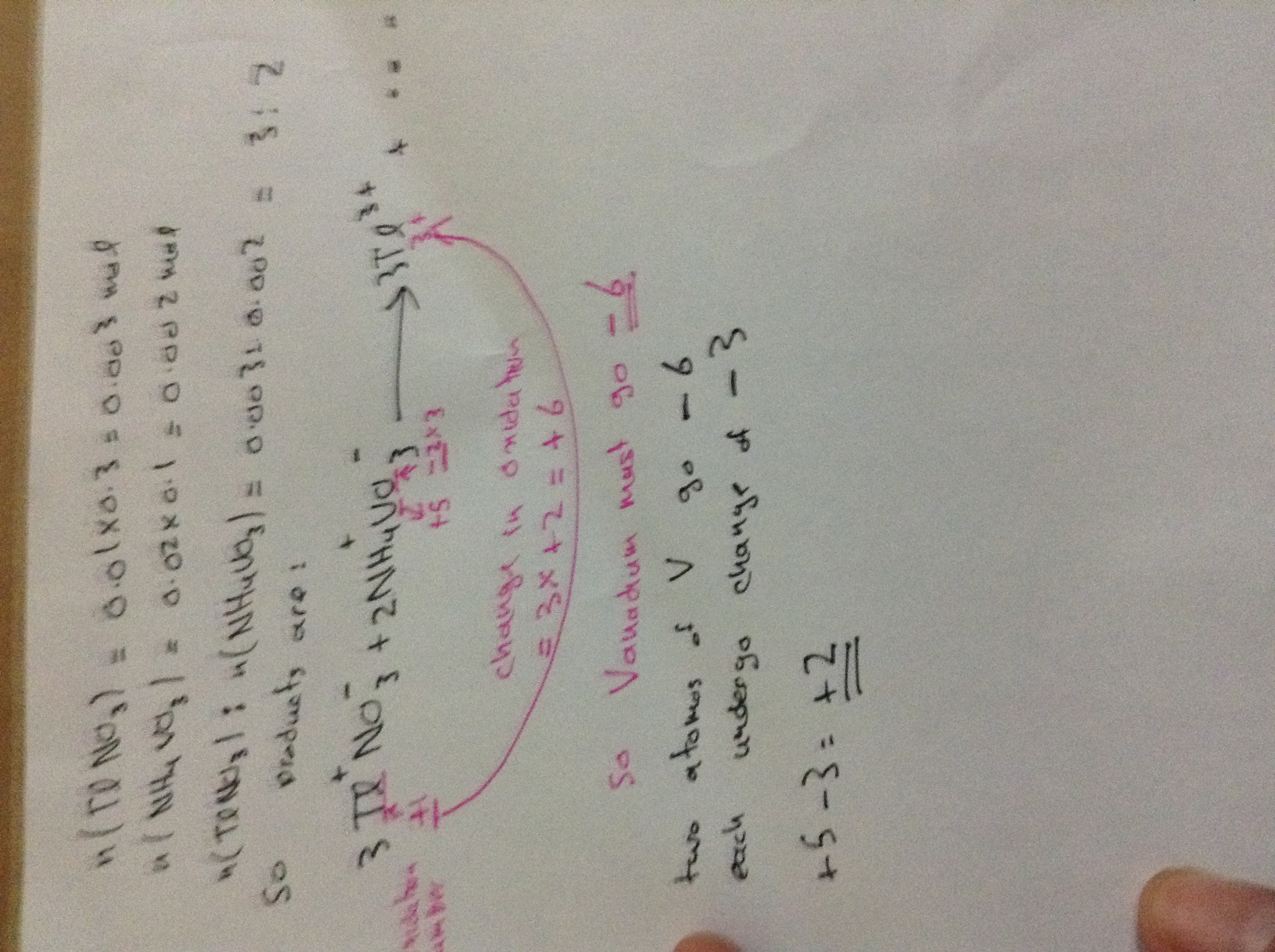- Messages
- 603
- Reaction score
- 1,102
- Points
- 153
http://papers.xtremepapers.com/CIE/Cambridge International A and AS Level/Chemistry (9701)/9701_s08_qp_1.pdf
Q4 D is the answer
Q8 D is the answer what about A? PV=nRT n and R and T constant so P=1/V so P increases V decreases? and i do understand why D is correct but why is A wrong?
Q22 i have a problem with anglesany notes will do?
Q26 C or Bisnt it the same thing C is the actual answer
Q29 what about C? D is the answer
Q38 why int 2 correct
Q39 it is a primary alcohol so shouldn't it be forming an aldehyde
s08qp1
Q4. BaO2 anion is two oxygen atoms with a total of -2 charge, hard to type out......(O2)2-
We have one single bond among the two atoms and 1 extra electron to each atom.
Q8. If you link it to y = 1/x , you should remember its a curve, with the axis as asymptotes.
Q22. The carbons are all saturated with 4 single bonds, so tetrahedral, 109.5
Q26.
Increase in the 2 oxygen means that the 2 OH has been oxidized to 2 COOH groups.
The two OH must be primary alcohols. Since is an unbranched butanol, the OH groups are on carbon 1 and 4.
If you choose B, the OH attached to the 3rd carbon becomes a ketone instead of the required acid.
Q29. C is ester group, not acid group.
Q38. hmm.. maybe you can explain why you think 2 is correct?
Q39. Its a secondary alcohol.

